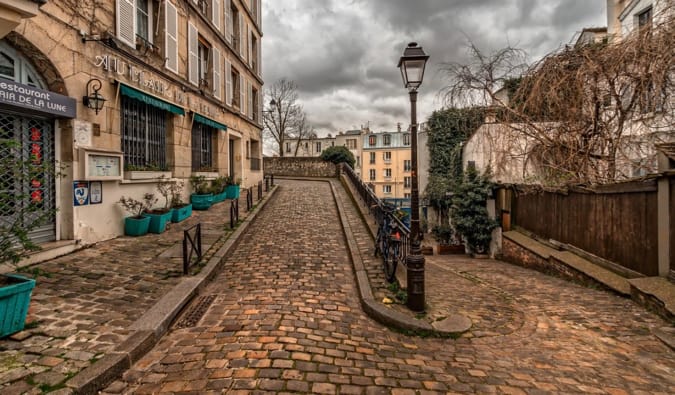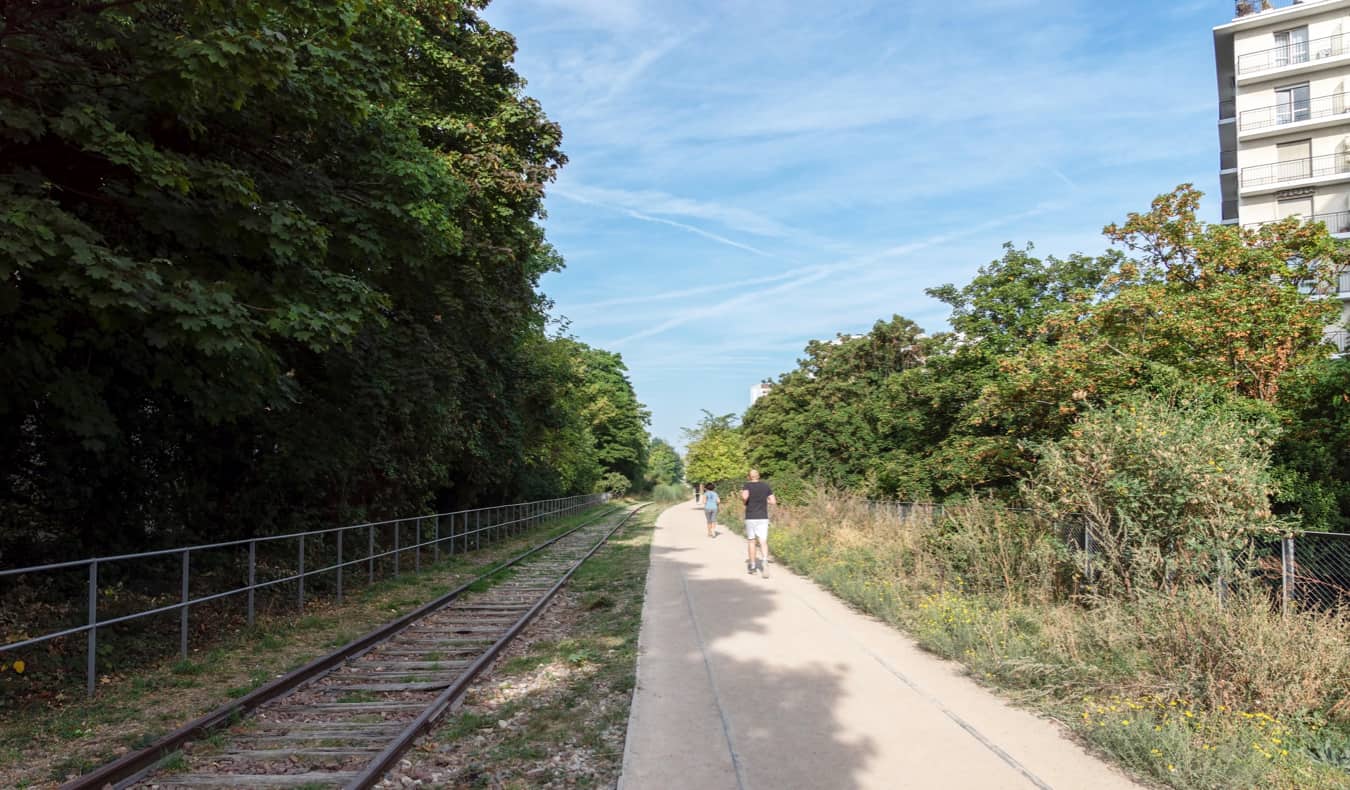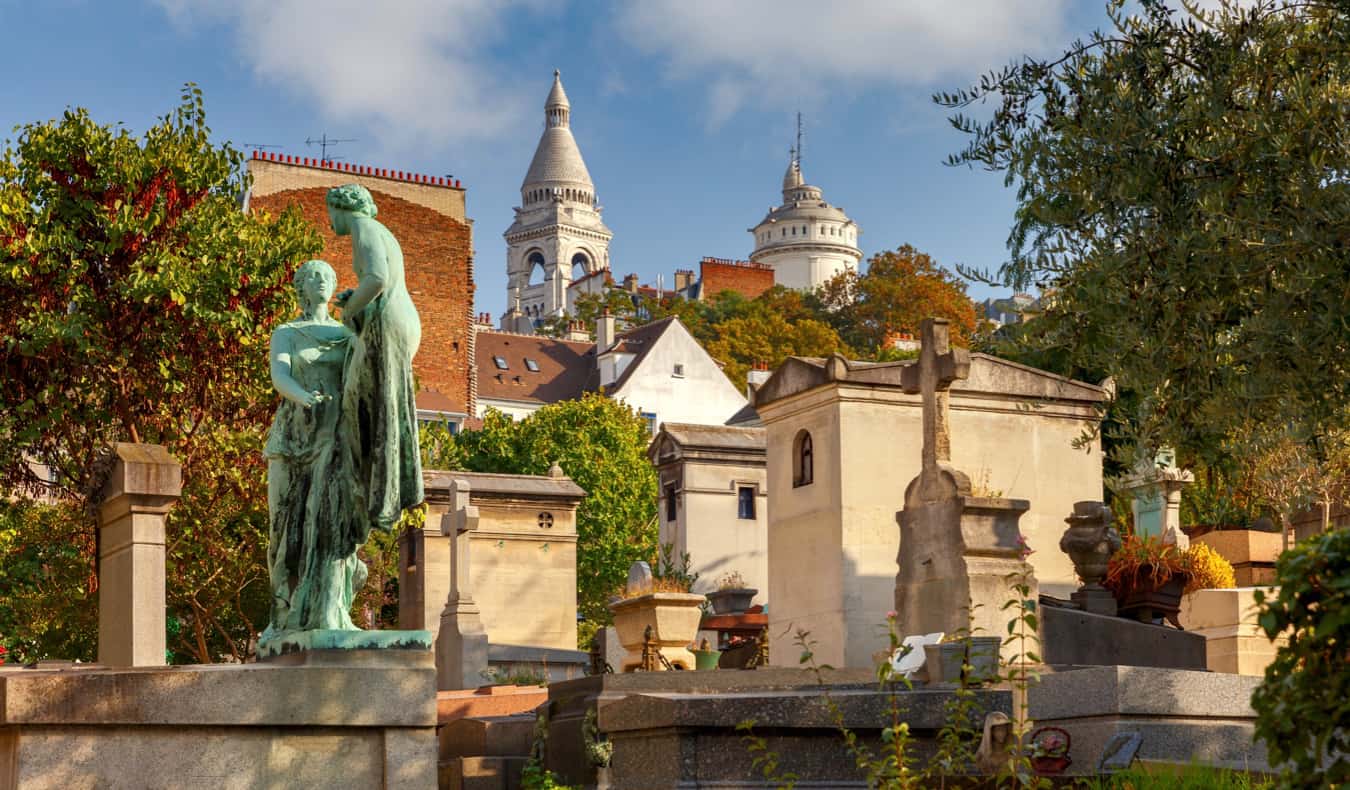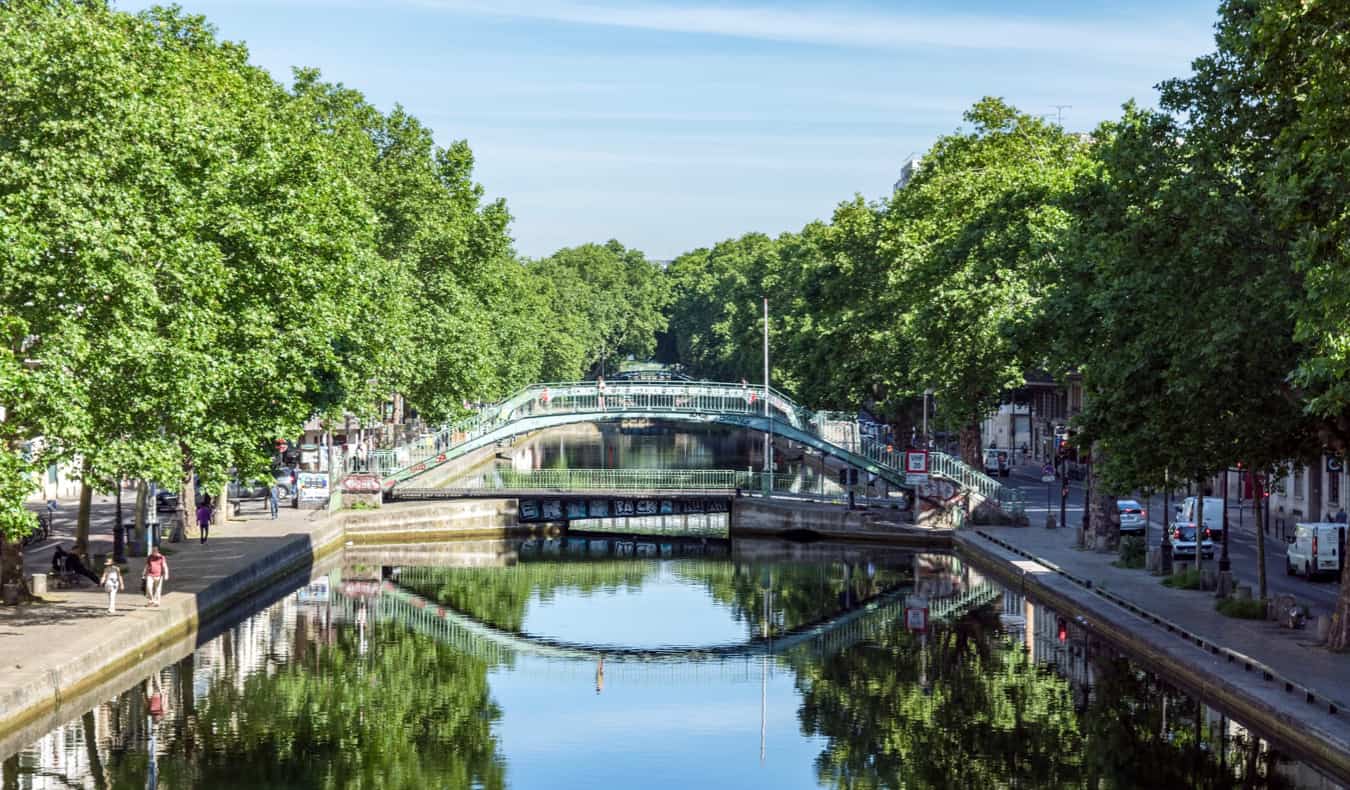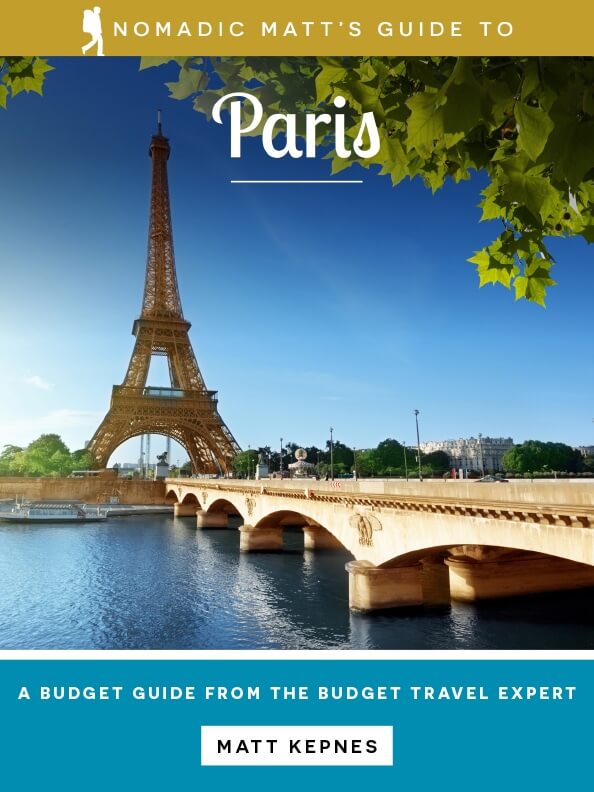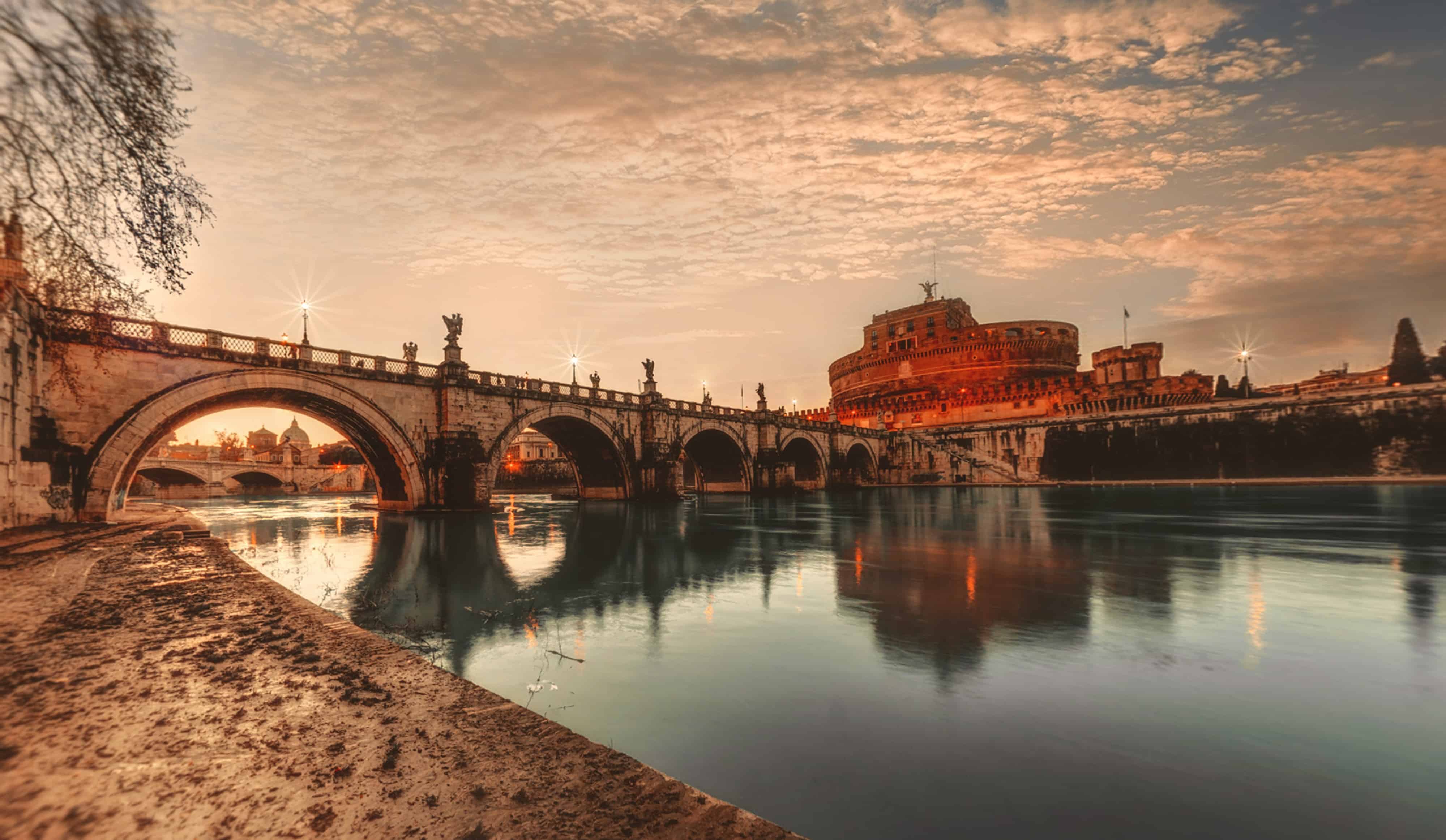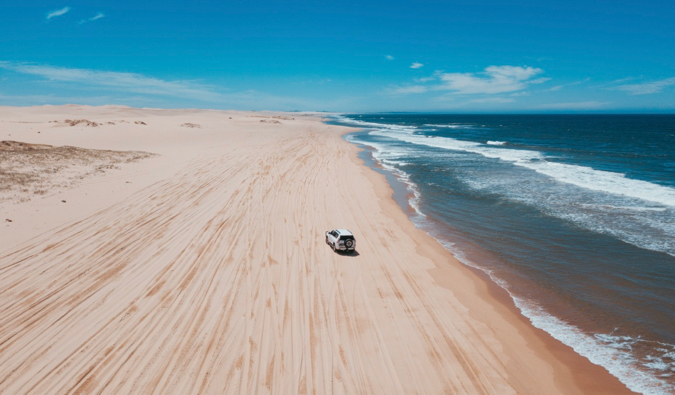
Posted: 7/6/2019 | July 6th, 2019
Few countries capture the imagination quite like Australia. With world-class beaches, unusual wildlife, stunning natural landscapes, a unique history, and a fun and vibrant culture, Australia has something to offer every traveler who makes the journey to the Land Down Under.
While the country is easy to navigate as a solo traveler, there are also plenty of amazing tour options for those who prefer traveling in groups or who might not have the time to plan their own getaway.
I’ve been visiting Australia since 2006 and have used many tour companies over the years (in addition to getting around on my own). So in this post, I share my list of the best travel companies in Australia to help you make the most out of your next trip.
From simple walking tours to in-depth, multi-day excursions, there’s something on the list for every interest — and every budget!
Quick Overview
1. Best Bike Tour Company: Bonza Bike Tours

Bonza is a bike tour company in Sydney that offers a number of options, depending on what you’re interested in. The Highlights tour lasts 2.5 hours and will show you all the major points of interest in Sydney. It’s suitable for families and kids as well, costing 99 AUD ($68 USD) for adults and 79 AUD ($54 USD) for children. For a more in-depth experience, the Classic tour lasts four hours and will give you a much more thorough introduction to this world-class city. They also offer bike rentals so you can just explore the city on your own in case you don’t have the time for a full-tour.
—> Click here to learn more about Bonza!
2. Best Walking Tour Company: I’m Free
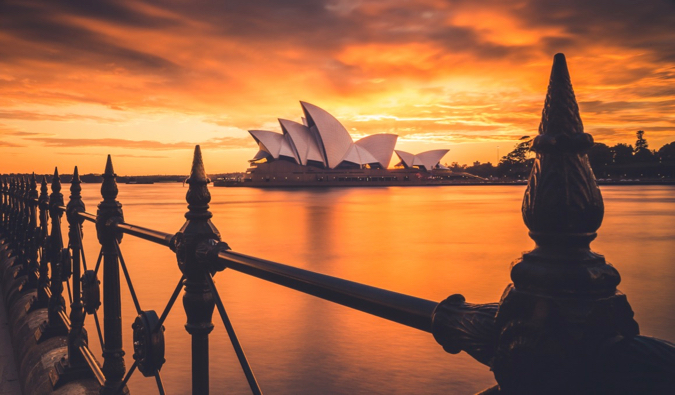
I always like to start a trip with a free walking tour, as they are a helpful way to get oriented and ask a local all my questions. Both Sydney and Melbourne have insightful (and free!) walking tours offered by I’m Free. Their tours last 2-3 hours and are a great way to learn about history and culture from a local. There are a few tour options in each city, so you have some flexibility with timing as well as which areas you focus on.
If you haven’t done much research before your arrival, this is a good company to start with. Be sure to tip your guide at the end!
—> Click here to learn more about I’m Free!
3. Runner Up Walking Tour Company: iCity Tours
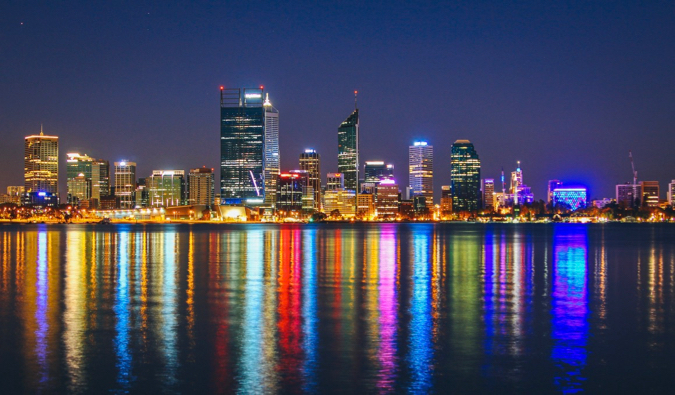
If you find yourself all the way out in Perth, iCity Tours has a handful of awesome free walking tours. They are organized by Visit Perth and run by volunteers, so it’s a fun way to interact with the locals and really get a sense of what life is like in Australia’s underrated coastal city.
There are five different free tours on offer, each lasting around 90 minutes. The Orientation tour offers a quick introduction to the city and its past. If you have more time, be sure to check out the Convicts and Colonials tour as well. It will give you a sense of what life was like as a convict in Western Australia.
—> Click here to learn more about iCity Tours
4. Best Party Tour Company: The Magic Bus
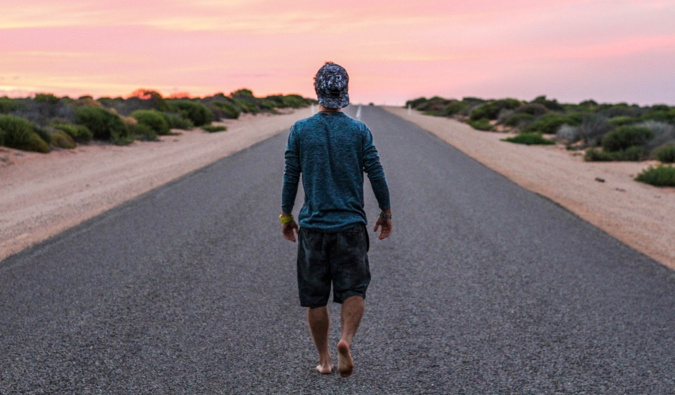
This backpacker bus is the perfect choice for travelers looking to party. Each month, the trip departs with 25 backpackers aged 18-35 for 3-4 weeks of exploring the country’s national parks, camping, bonfires, and non-stop parties and shenanigans.
Trips go from Perth north to Broome or east to Melbourne each month, so you have to time your trip accordingly to line up with the set departure. The itineraries are always flexible, as they let riders vote on where to go and what to do, so every trip is unique. They try to keep a balance of 50% men and 50% women, as well as a balance of different nationalities, so there is always a diverse group. Trips begin at 1,200 AUD ($822 USD) per person.
—> Click here to learn more about The Magic Bus!
5. Runner Up: The Oz Experience

With The Oz Experience, you’ll get a pass for 60-90 days. Instead of guides, you’ll be given a list of activities (such as diving, ATV trips, sailing, and surfing camps) that are included in your pass to do whenever you want, based on your schedule. It’s a flexible compromise for people looking for some guidance but who also want independence. Prices vary from 1,139 to 3,519 AUD ($781 to $2,412 USD) depending on how many excursions are included (as well as how many days your bus pass is valid for).
While this is a hugely popular option, I personally dislike this company. I really found it lacking, so I would skip this and take The Magic Bus instead. While lots of people like The Oz Experience, I just didn’t find good value for the money.
—> Click here to learn more about The Oz Experience!
6. Our Top Tour Pick: Intrepid Travel

Intrepid is my go-to travel company when it comes to multi-day excursions. In Australia, they offer 70 different itineraries to choose from, ranging from a quick two-day tour to an in-depth 24-day adventure around the entire country.
Unlike some of the companies above, this is not a party tour. They are small groups led by expert local guides with a focus on culture, history, and food, as well as ethical travel and leaving a small environmental impact. You’re guaranteed to return home with a much deeper and more nuanced appreciation of your destination.
And you’ll get a much broader range of ages and travel styles with Intrepid tours too (it’s not just for backpackers). With such a wide range of travelers choosing Intrepid tours, you always end up with an awesome group of people to travel with.
I’ve been on a handful of their tours over the years and have never been disappointed. I always learn a ton and meet amazing people. They make sure you have enough things to do without planning out every minute of the day, so it’s a good balance of downtime and tours. I can’t recommend them enough.
Best of all, as a Nomadic Matt reader, you’ll get an exclusive discount on their tours every month!
—> Click here to learn more about Intrepid Travel and the exclusive offers for Nomadic Matt readers!
Australia is a massive country, offering beautiful landscapes, fun outdoor activities, a wild nightlife, and incredible history.
Whether you’re looking for a quick walking tour or a monthlong cross-country adventure — or something in-between — there are plenty of amazing tour companies in Australia to help you make the most out of your time Down Under, no matter your budget.
P.S. – Did you know I wrote a new book? It’s called “Ten Years a Nomad” and it’s all about the lessons I’ve learned from a life of travel. It features tons of stories and misadventures I’ve never told on this blog as well! It comes out July 16th! Click here to learn more and grab your copy today! (I’ll be going on a book tour too!)
Book Your Trip to Australia: Logistical Tips and Tricks
Book Your Flight
Find a cheap flight by using Skyscanner or Momondo. They are my two favorite search engines, because they search websites and airlines around the globe, so you always know no stone is being left unturned.
Book Your Accommodation
You can book your hostel with Hostelworld. If you want to stay somewhere other than a hostel, use Booking.com as it consistently returns the cheapest rates for guesthouses and cheap hotels. I use it all the time. It’s my favorite website! Here are my favorite hostels in Australia!
Don’t Forget Travel Insurance
Travel insurance will protect you against illness, injury, theft, and cancellations. It’s comprehensive protection in case anything goes wrong. I never go on a trip without it, as I’ve had to use it many times in the past. I’ve been using World Nomads for ten years. My favorite companies that offer the best service and value are:
- World Nomads (for everyone below 70)
- Insure My Trip (for those over 70)
Looking for the best companies to save money with?
Check out my resource page for the best companies to use when you travel! I list all the ones I use — and I think they will help you too!
Looking for more information on visiting Australia?
Check out my in-depth destination guide to Australia with more tips on what to see and do, costs, ways to save, and much, much more!
Photo credits: 1 – Bonza Bike Tours
The post The Best Tour Companies in Australia appeared first on Nomadic Matt's Travel Site.


